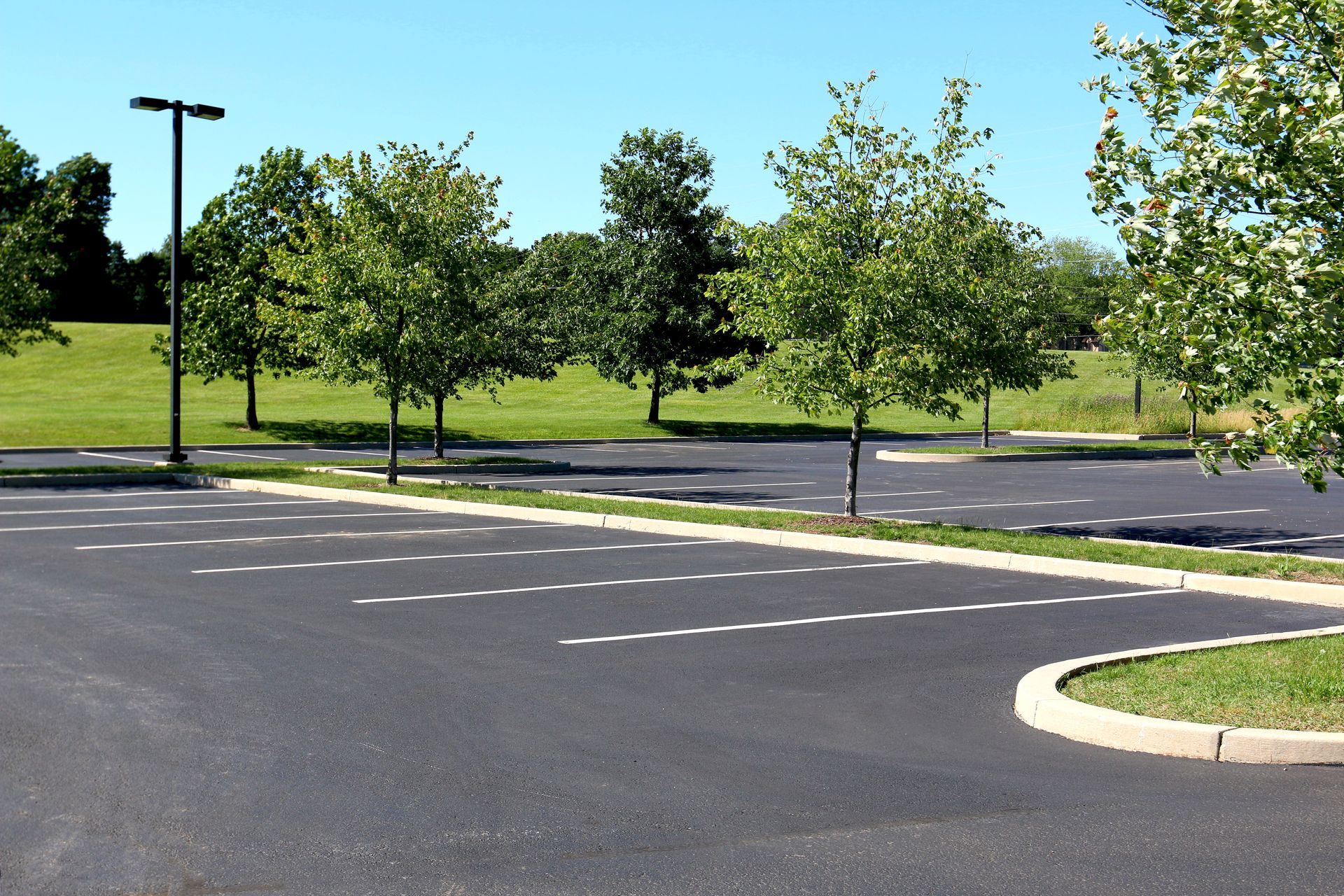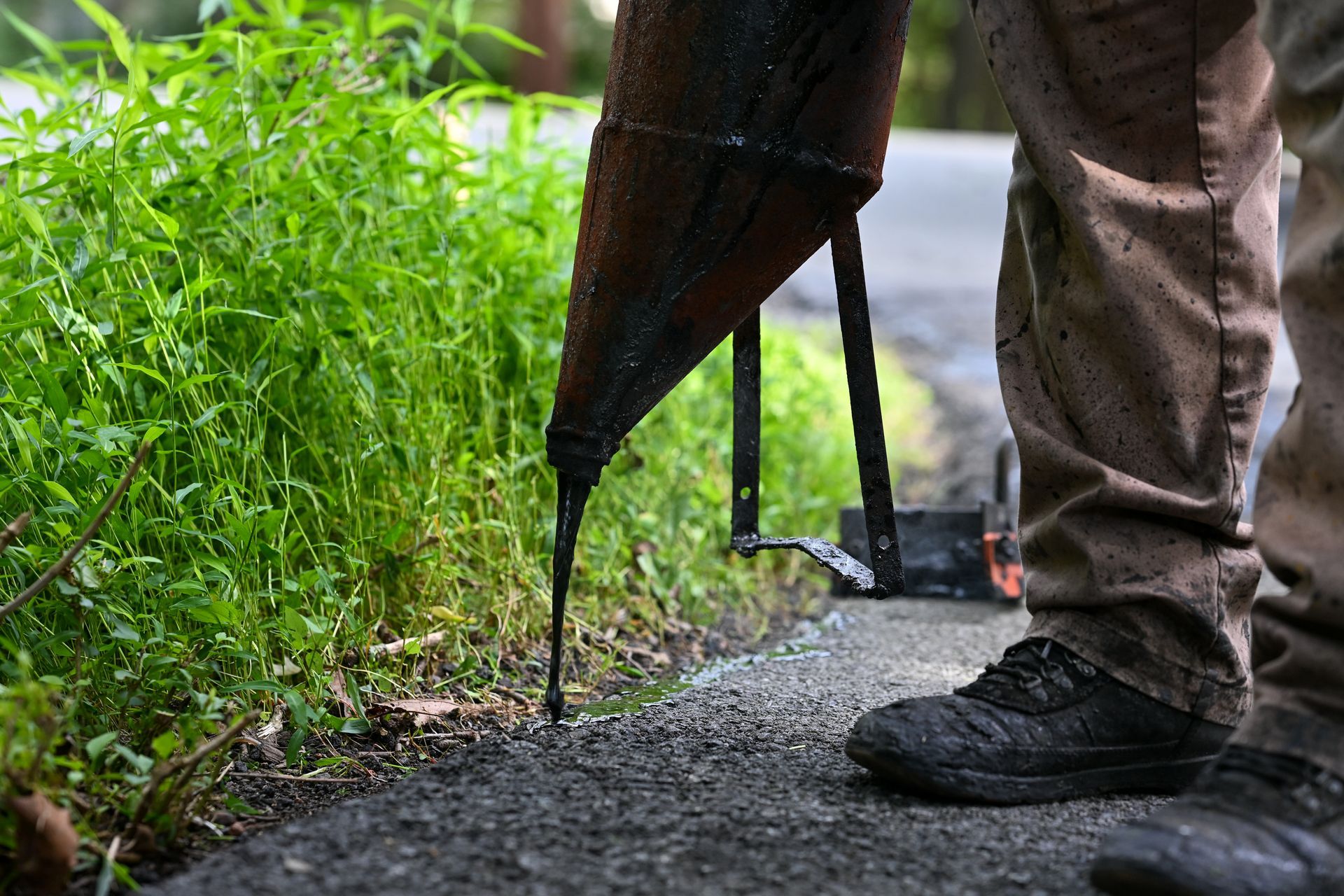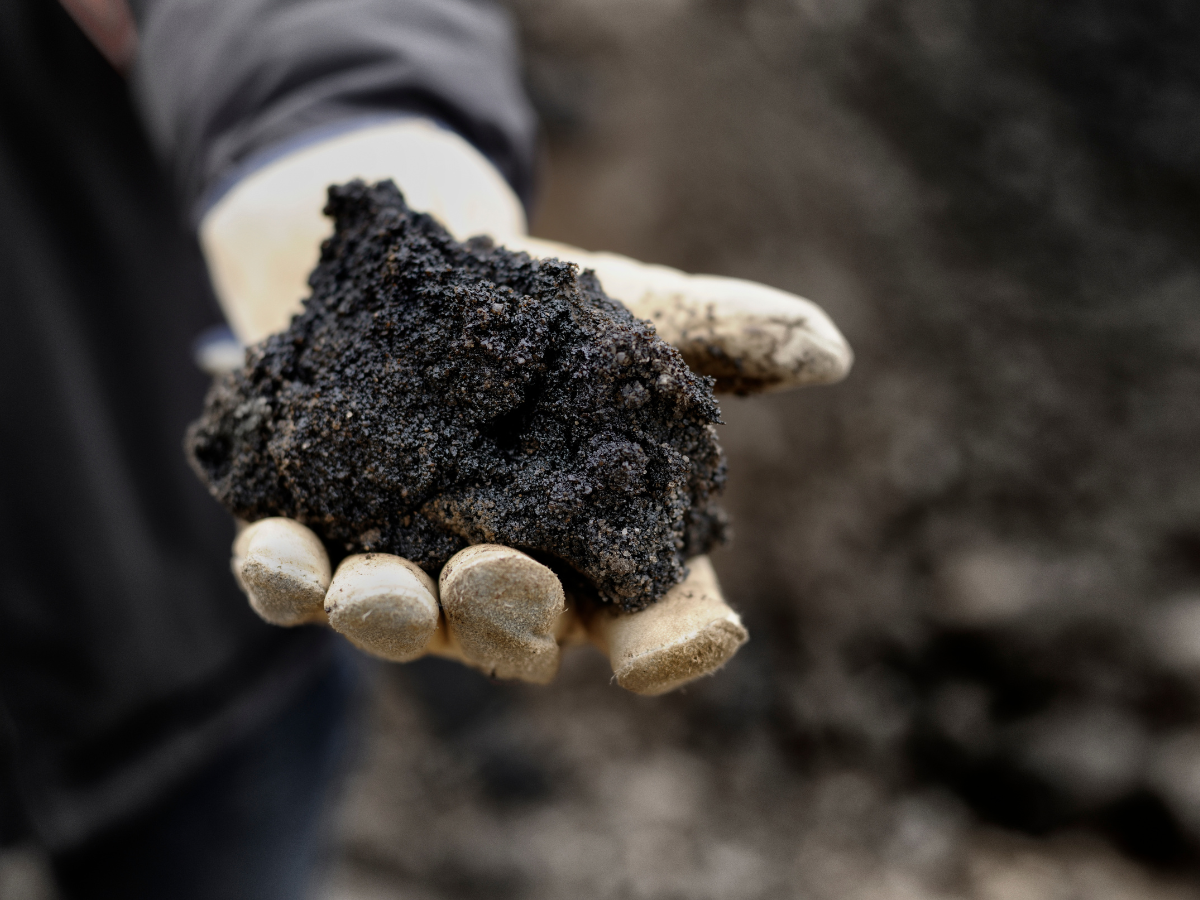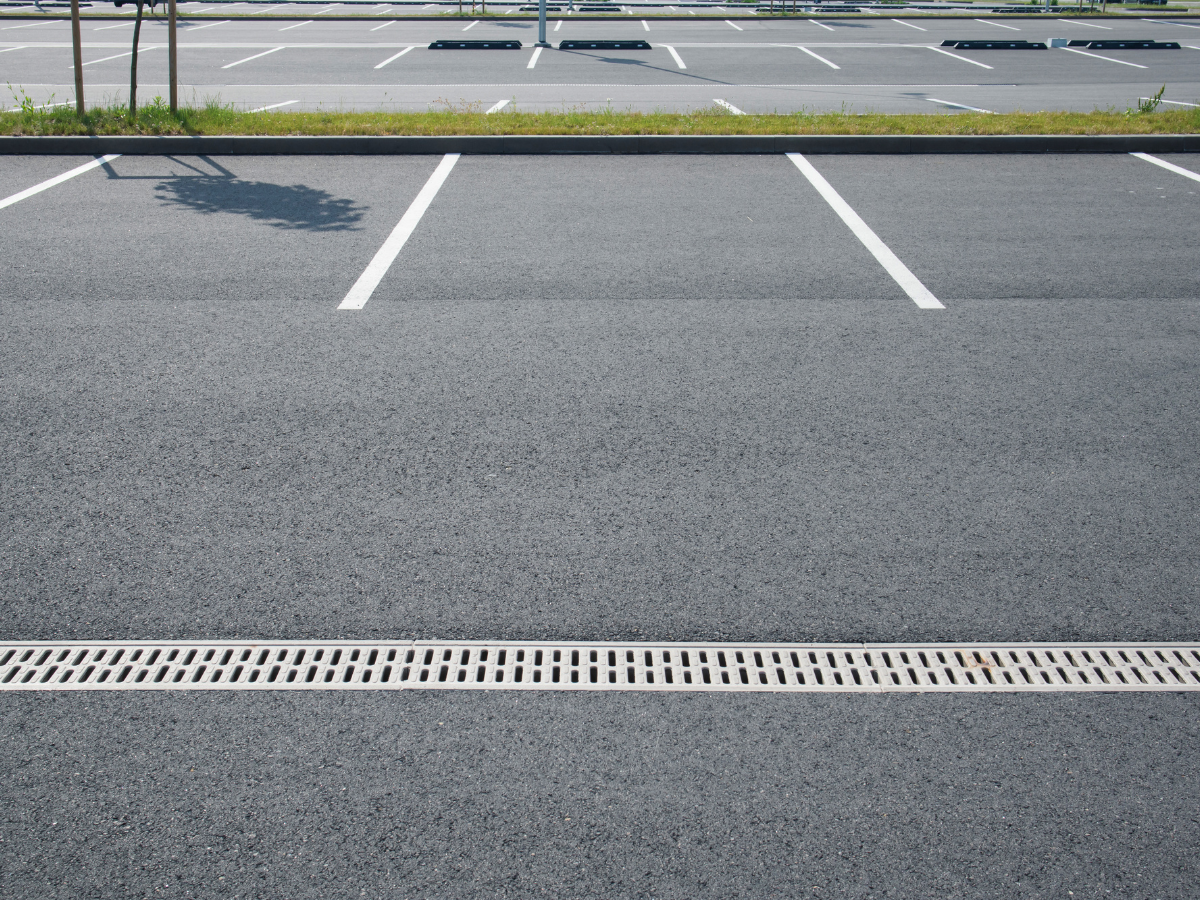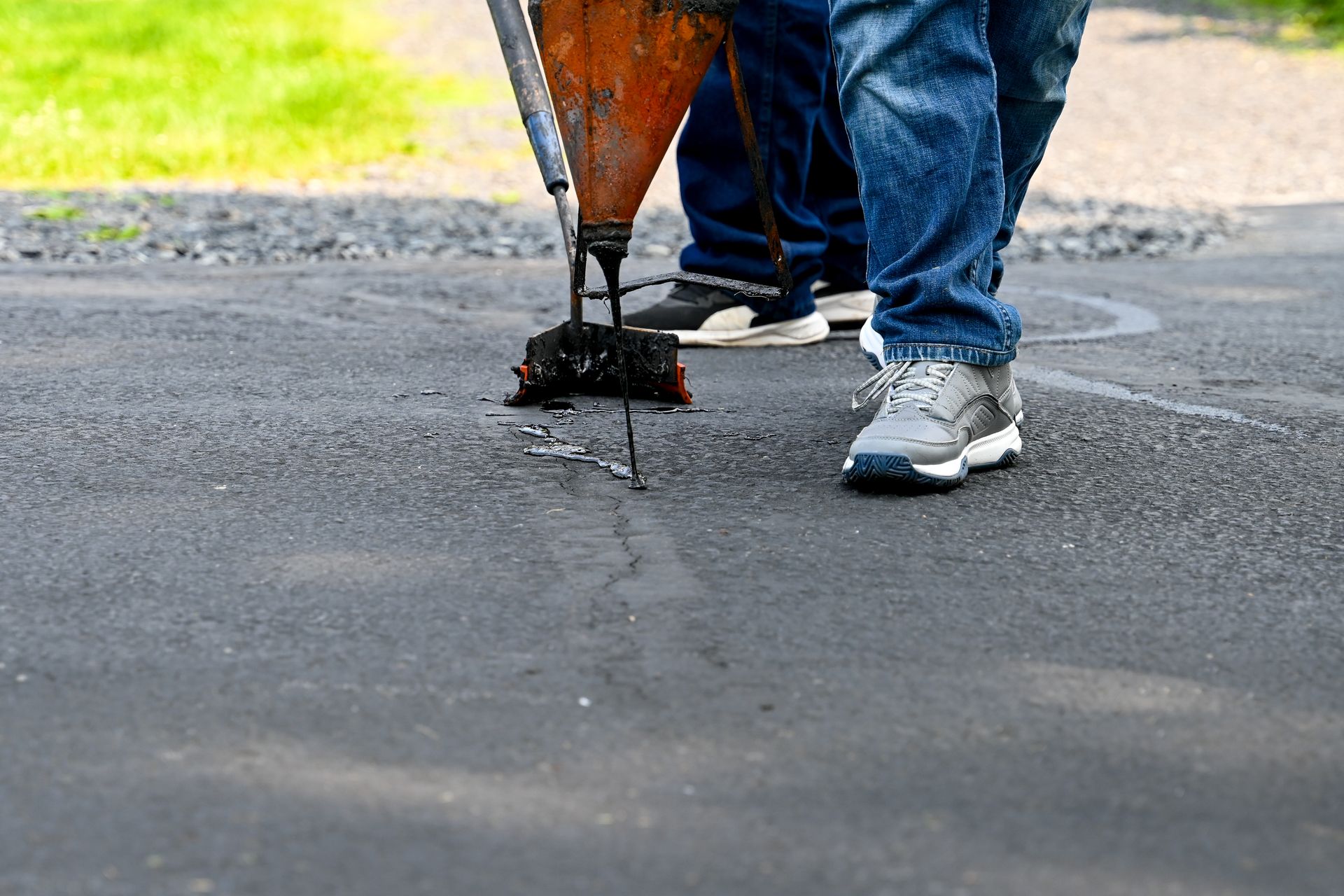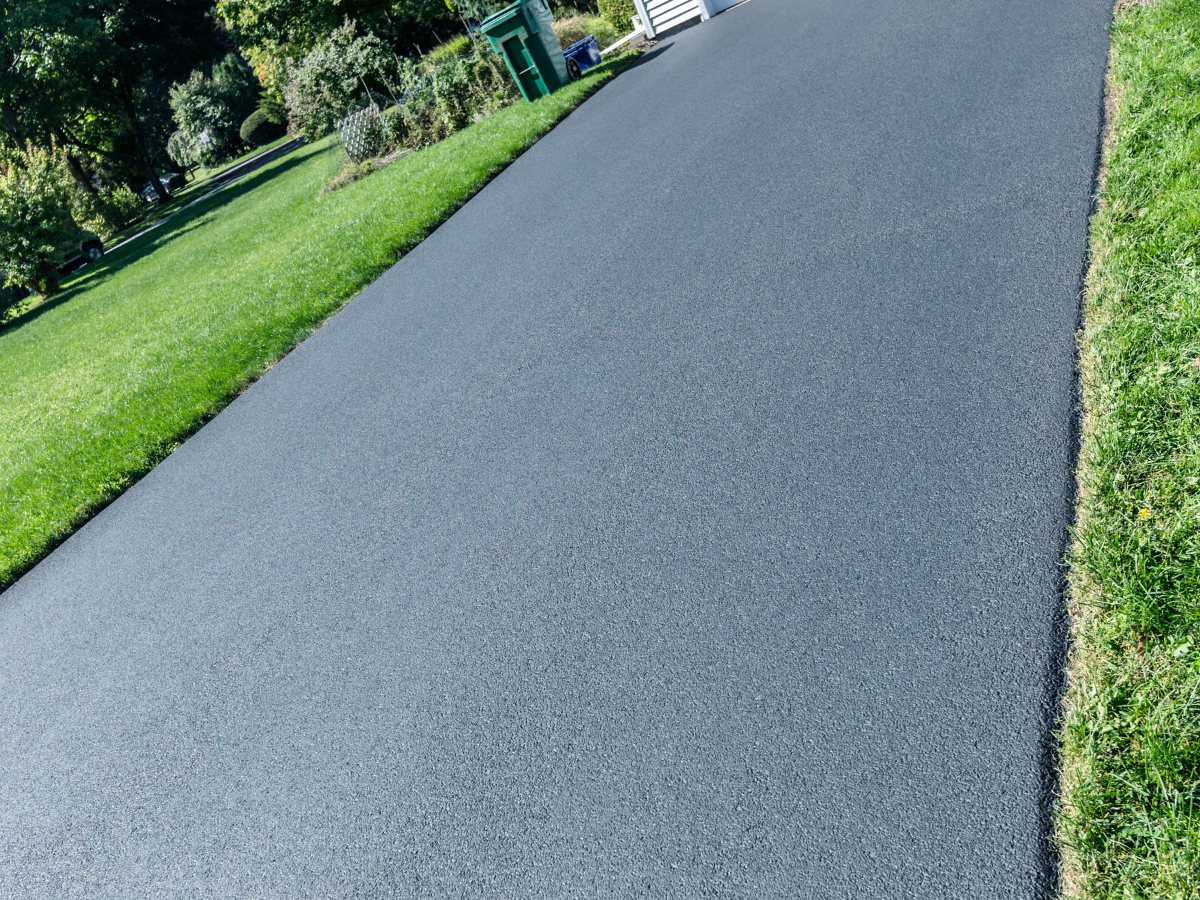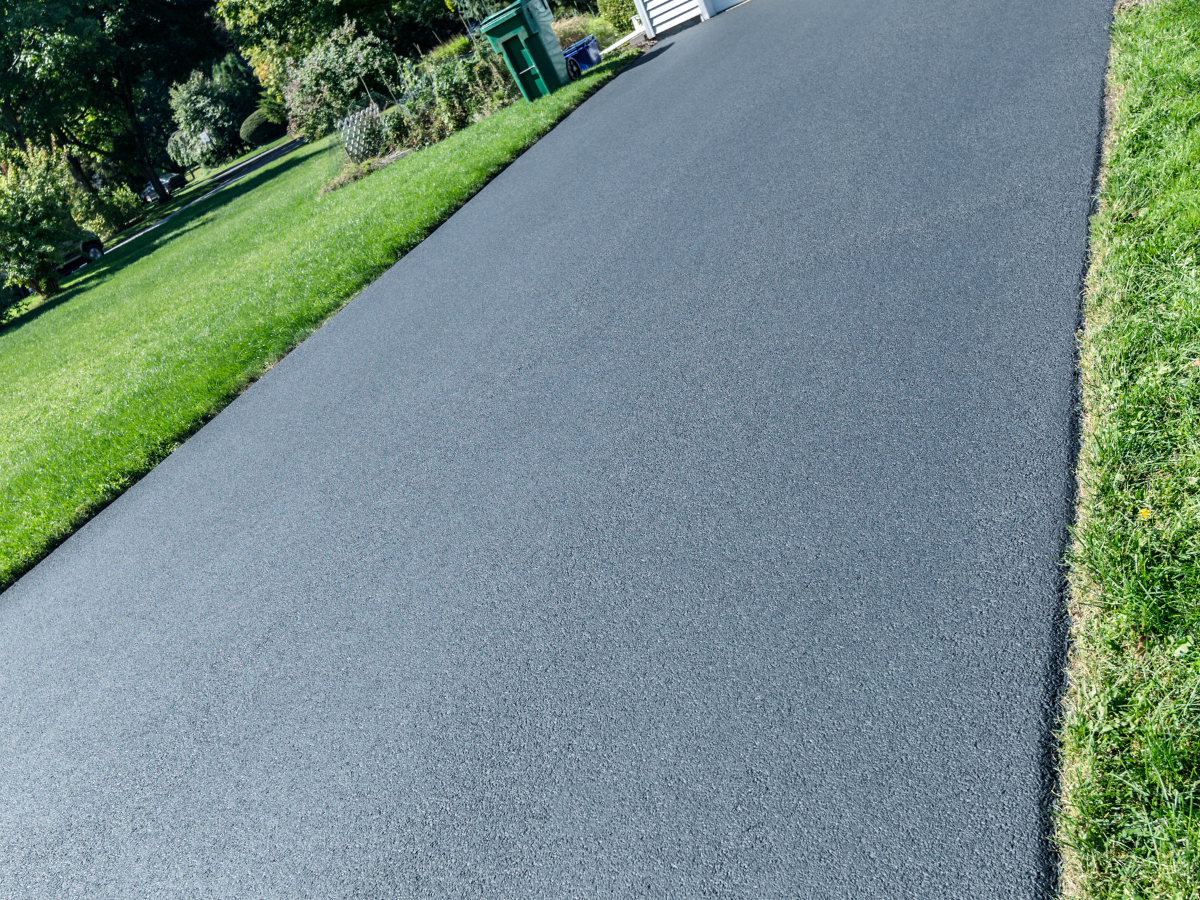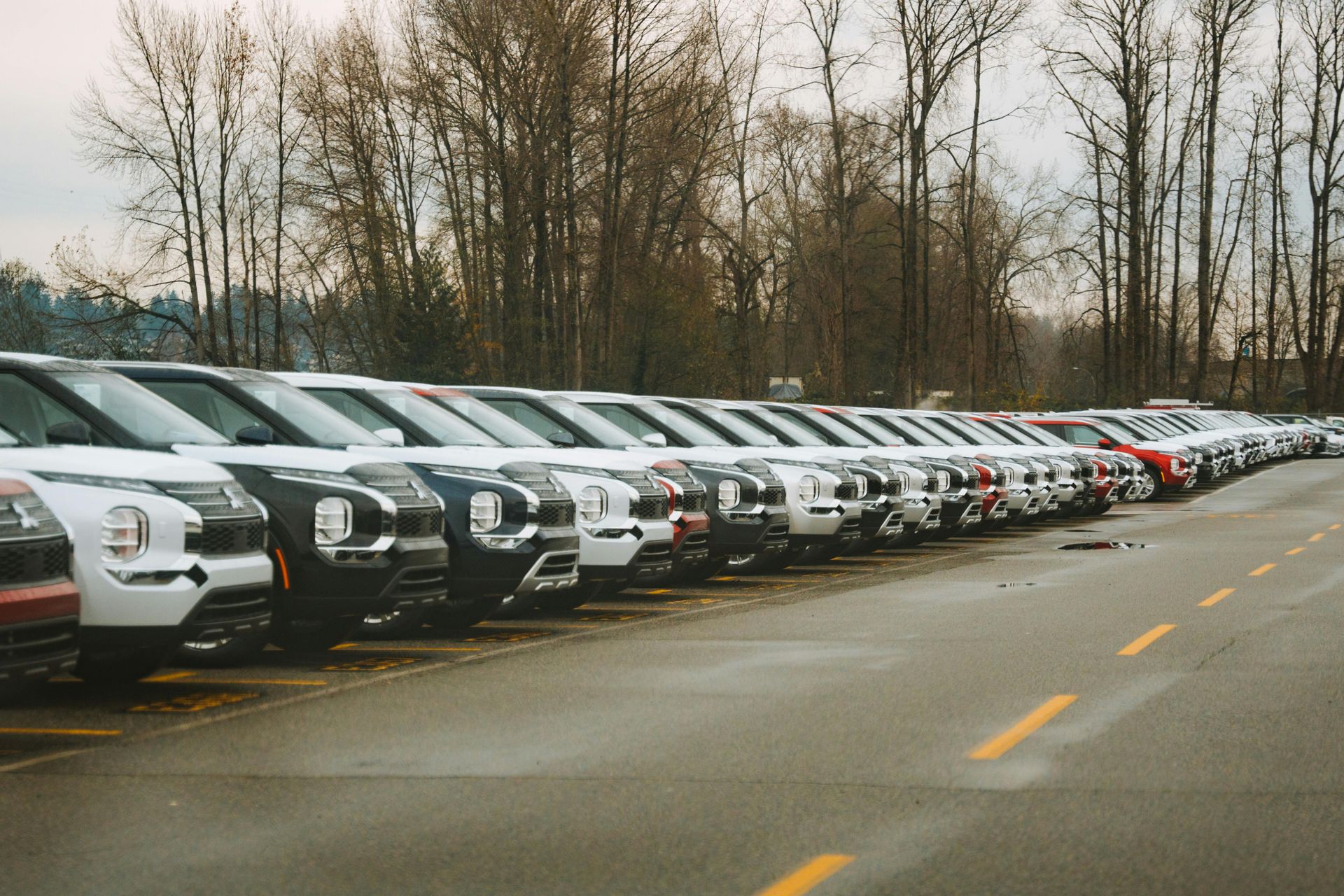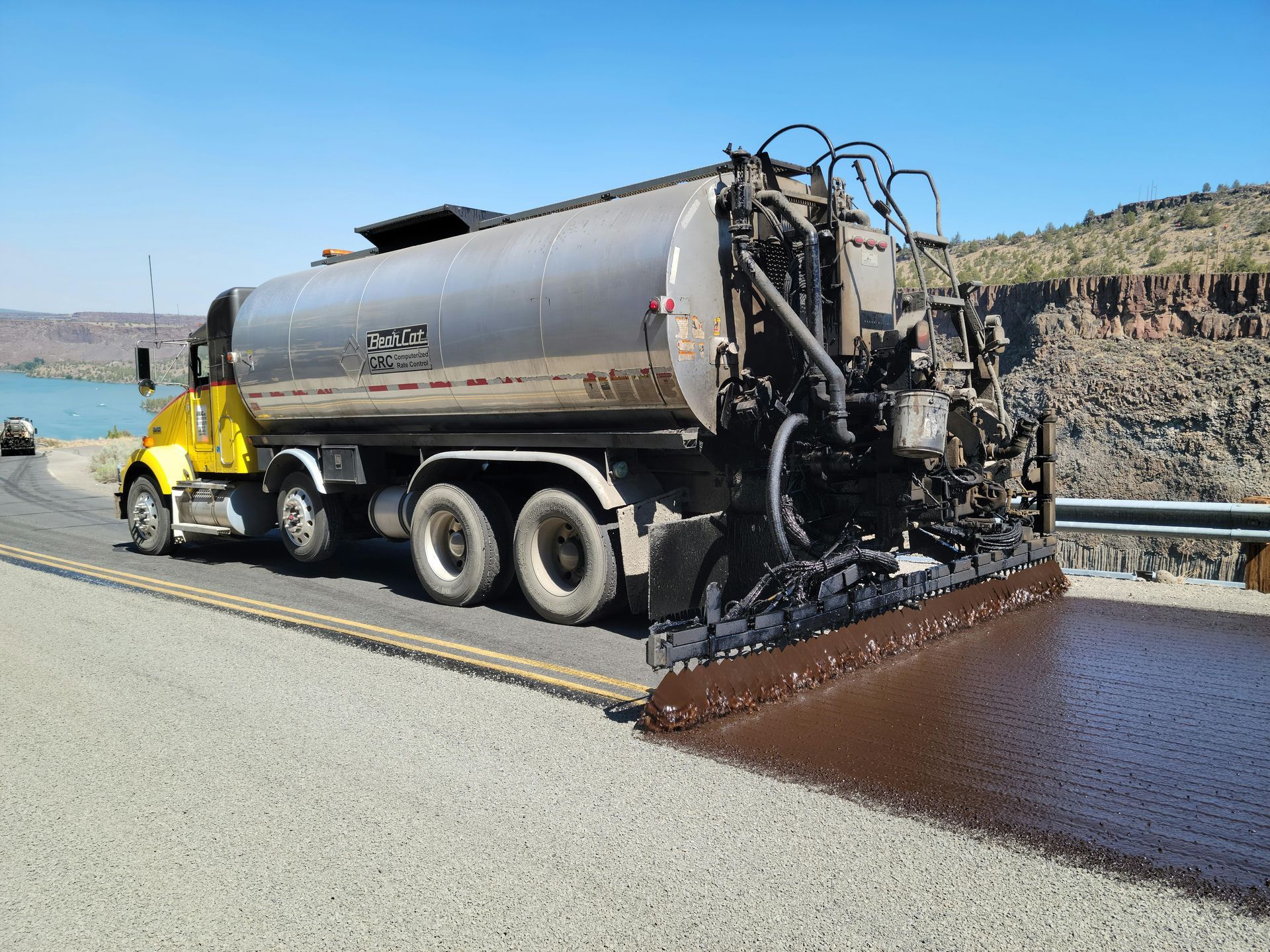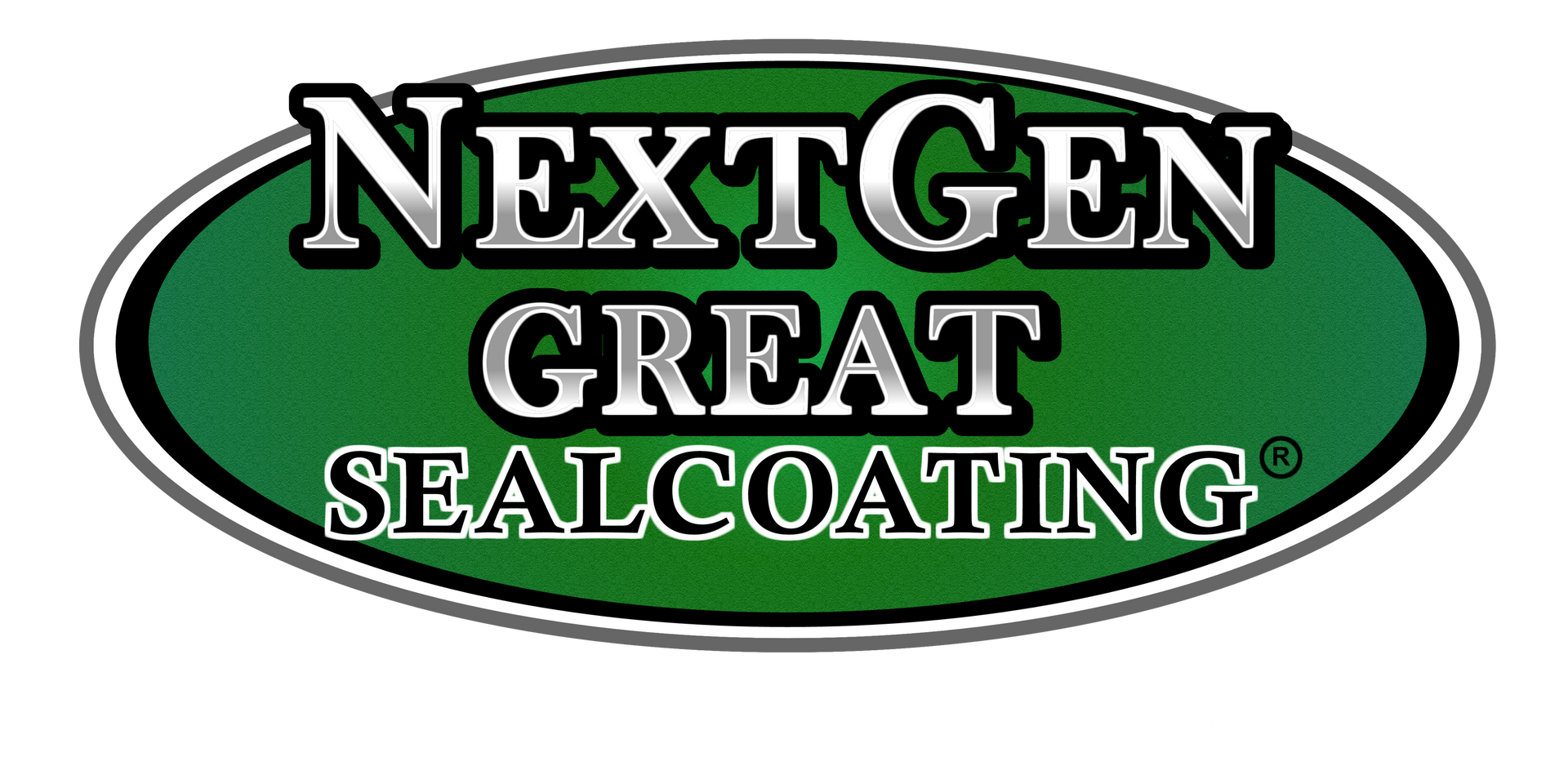
NextGen Great Sealcoating
5538 Hamilton S, Sciota, PA 18354
North NextGen Sealcoating
129 Windwood Dr., Dingman's Ferry, PA 18328
IMPORTANT LINKS
NEWSLETTER
Newsletter
Thank you for contacting us.
We will get back to you as soon as possible.
We will get back to you as soon as possible.
Oops, there was an error sending your message.
Please try again later.
Please try again later.
NJ License #13VH01319300
PA License #PA132219
Rockland County, NY License #7994
© 2025
All Rights Reserved | NextGen Great Sealcoating | Powered By Quantifi Media
